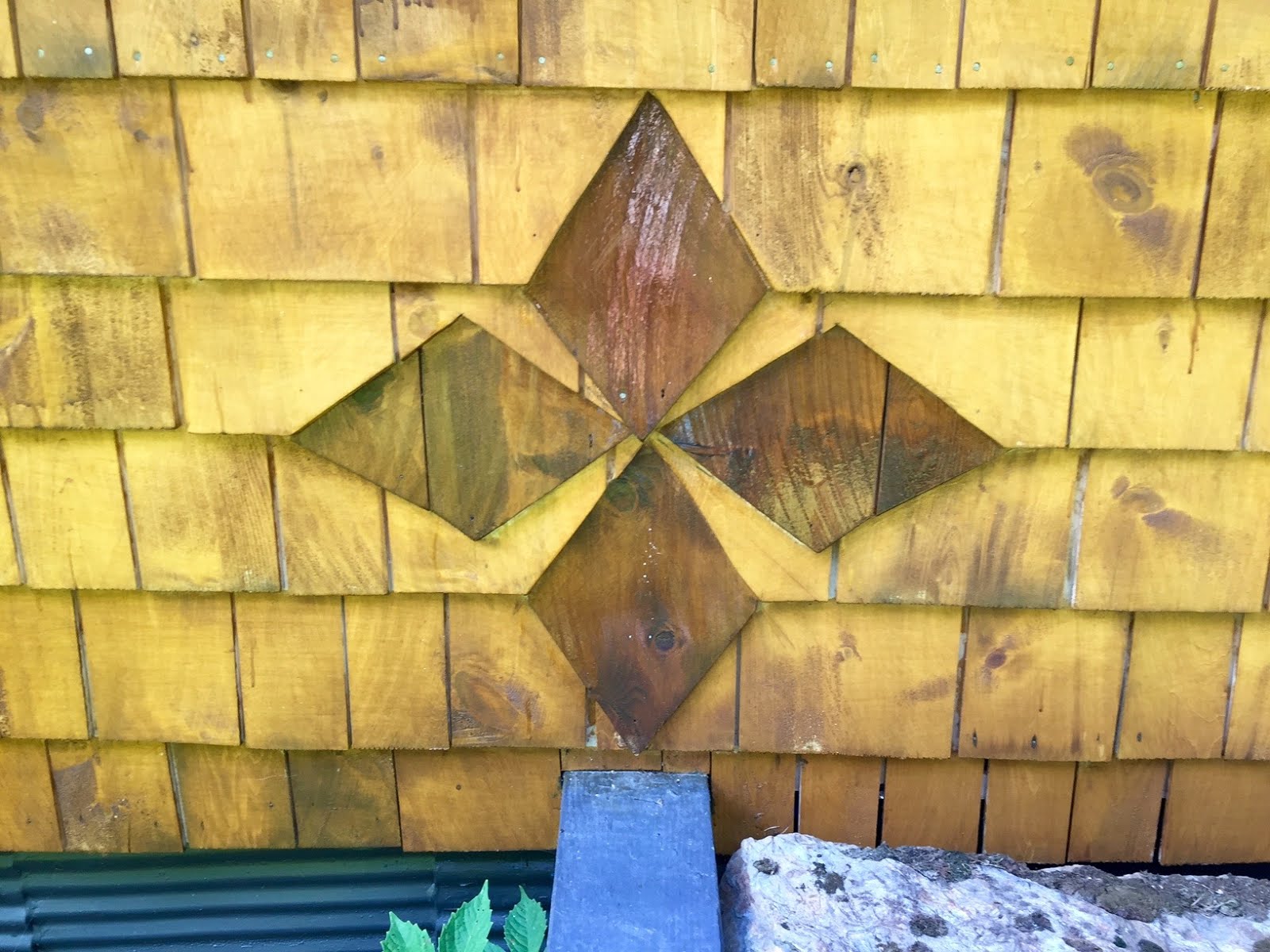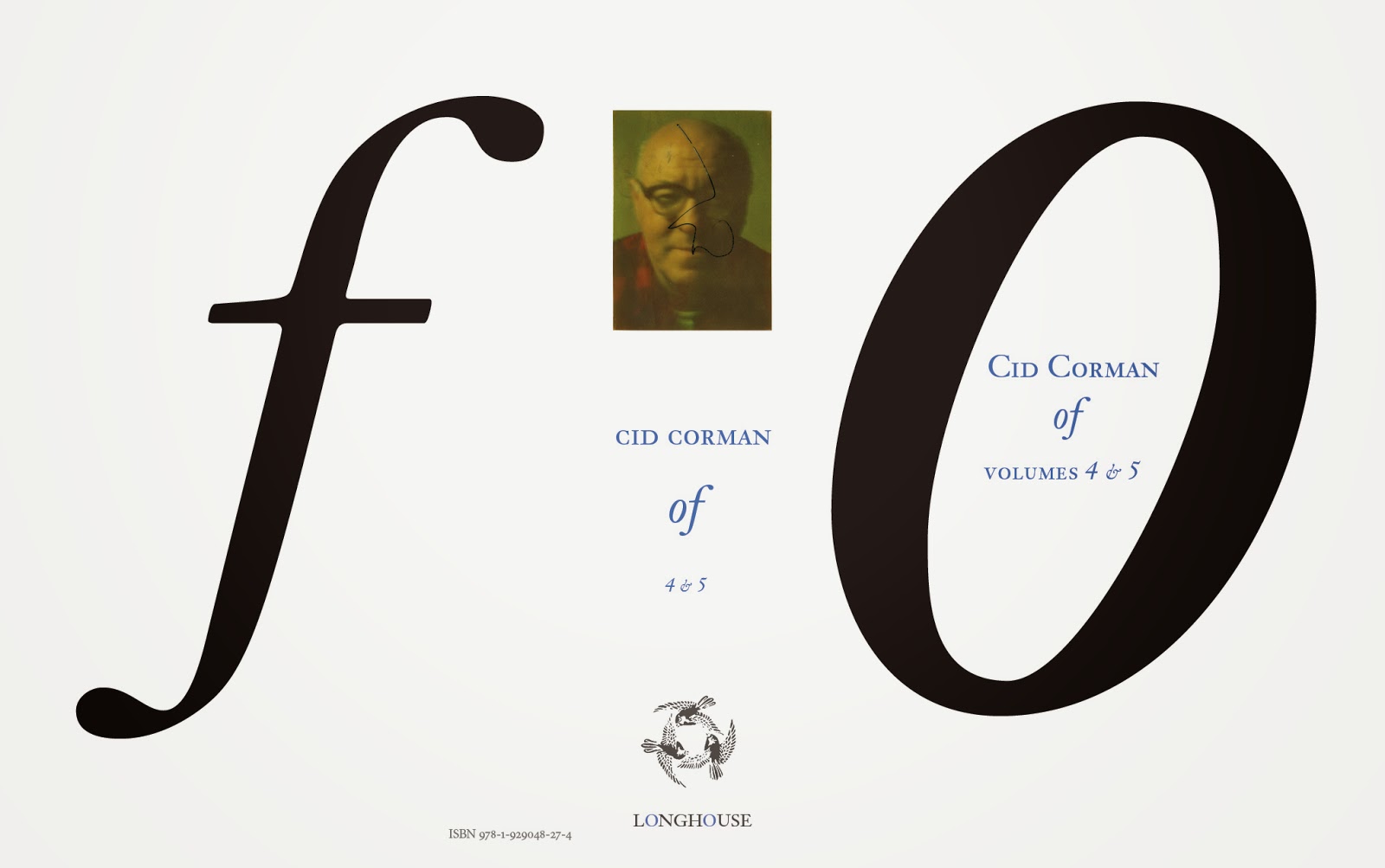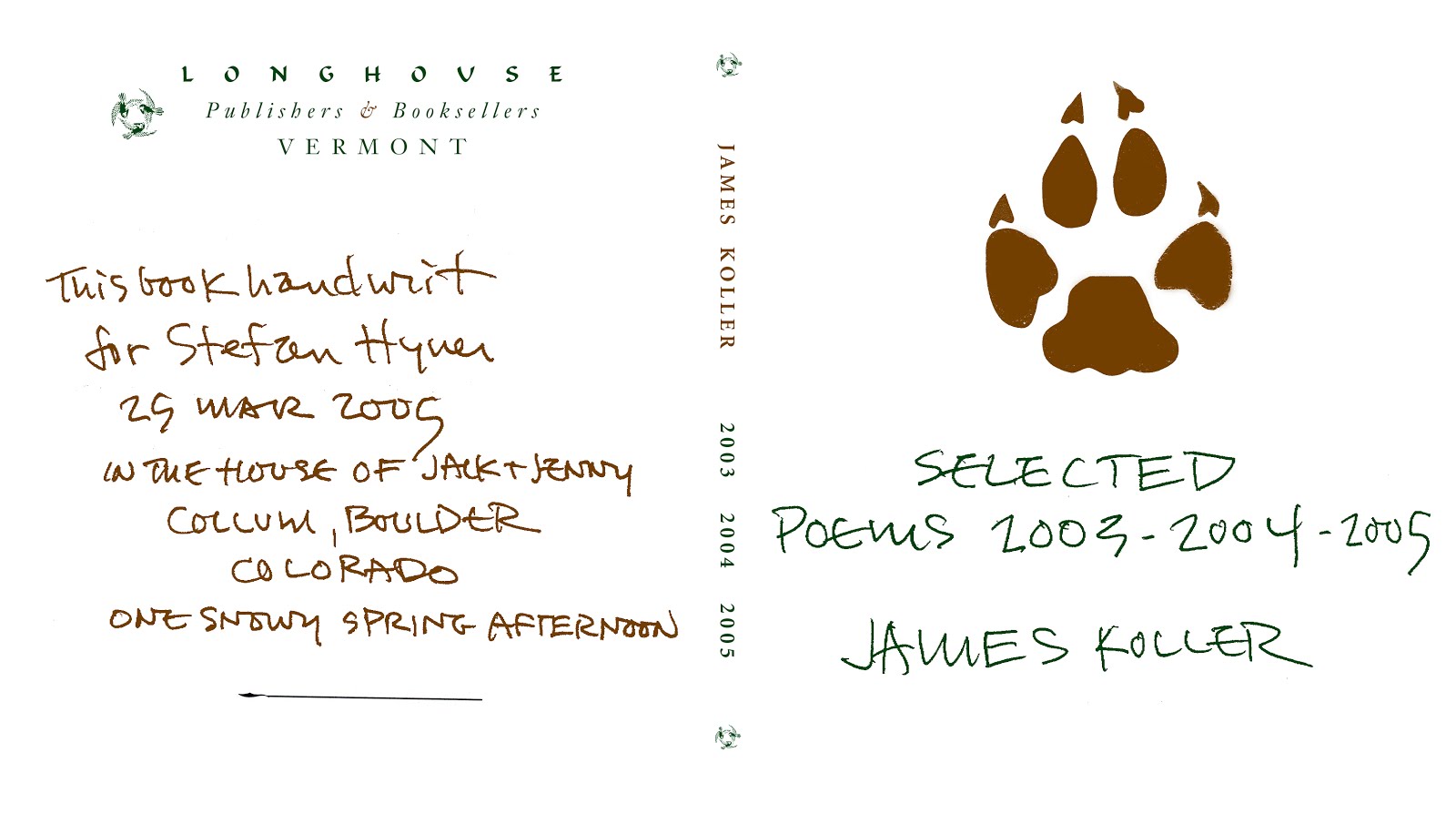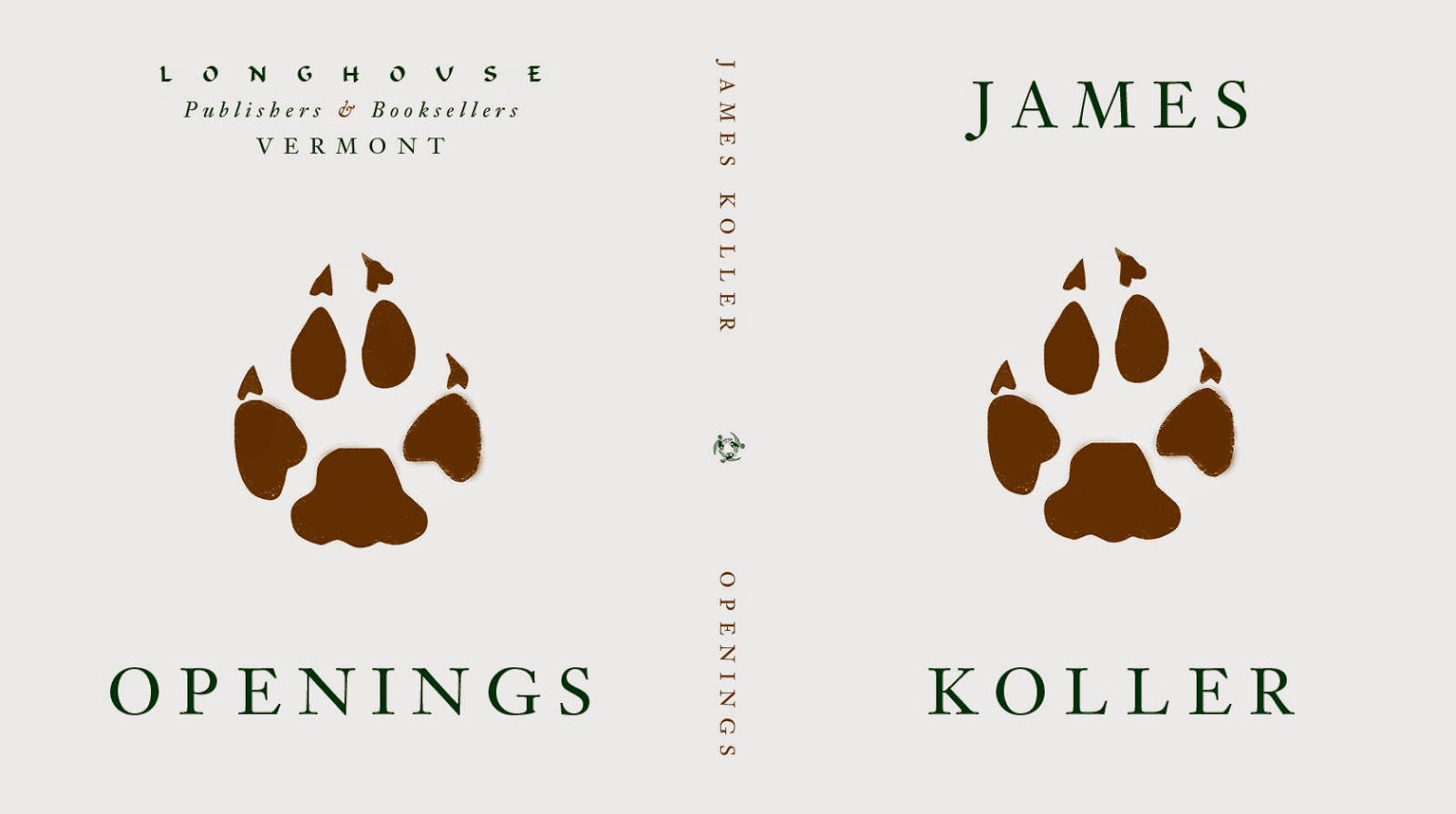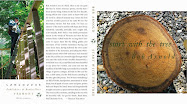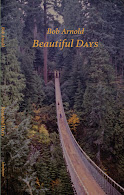Bureau of Investigative Journalism
2 April 2012
America’s New Data Center Makes UK Surveillance Plans Seem Petty
Big Love and Big Brother have become uneasy neighbors in Utah
by Alice Ross
In the small town of Bluffdale in the Utah desert, the US government is halfway to completing a gargantuan complex designed to store and trawl through billions of phone calls, emails, and other global communications. As the UK government reveals its own plans to carry out mass surveillance, a lengthy piece in May’s Wired (
The Utah Data Center is the new hub in the National Security Agency’s (NSA) network of surveillance centers: a sprawling $2bn (£1.25bn) complex that takes the US one step closer to ‘total information awareness’.
The center is so big it’s hard to get your head around the figures quoted in the article. Ten thousand builders are working on it. It will use an estimated $40m of electricity every year, according to one estimate. Much of this will be spent powering four 2,300 sq m halls filled with servers capable of storing a truly enormous amount of data – Wired mentions Pentagon ambitions to store yottabytes of data (septillion bytes of data).
The center will ‘intercept, decipher, analyze and store vast amounts of the world’s communications from satellites and underground and undersea cables of international, foreign and domestic networks,’ Wired reporter James Bamford says. Even the most apparently insignificant scraps of data will be captured and stored – in case they later become important: ‘private emails, mobile phone calls and Google searches, as well as personal data trails – travel itineraries, purchases and other digital “pocket litter”‘, Bamford adds.
But the Utah Data Center has another, more secret purpose: cracking cryptoanalysis to allow the US security agencies to read foreign diplomatic and military communications, as well as confidential financial or personal messages, scouring the ‘deep web’ of password-protected and otherwise encrypted information.
The Bluffdale project is the next step in the rapid escalation of the NSA’s surveillance powers, and will cement its position as the ‘largest, most covert and potentially most intrusive intelligence agency ever created’, as Bamford points out.
And as with the UK government’s plans to monitor email and other communications, announced this weekend, much of the Utah Data Center’s phenomenal surveillance capability is directed at US citizens. The US government has installed monitoring rooms in the facilities of US telecommunications companies, Wired reports, enabling it to monitor emails and phone calls with ease – the ‘warrantless wiretapping’ program that caused outcry when it surfaced.
Former NSA official William Binney explains to Wired how the NSA’s ‘warrantless wiretapping’ domestic surveillance program may have been larger than ever reported at the time: he helped design the systems, and explains that the US had a choice over where it placed the surveillance equipment.
By installing it at the landing points where internet cables enter the country, the NSA could have limited interception to foreign communications only. That wasn’t what the US decided to do: instead, it built intercept stations within the US, allowing it to access the bulk of domestic traffic too. Binney says the program could tap 1.5 billion calls a day.
And that’s what the government is capable of before the Utah Data Center comes online: the massive codebreaking power and storage that the Bluffdale project adds will take the NSA’s surveillance capability to staggering new levels.
As Bamford points out, although this level of surveillance is often justified as being essential for fighting counterterrorism, the NSA was unaware of both the ‘underpants bomber’ in 2009 and the Times Square bomber in 2010. In both those cases, incompetence on the would-be attackers’ parts, rather than the sophisticated surveillance network, prevented serious attacks.
Bamford, who is also the author of a book on the NSA, lays out a shadowy, complex world in impressively clear and detailed terms. Even the complex, techy aspects of the project are digestible – although this sheer accessibility makes it hard to stave off the feeling of powerlessness and paranoia that shadowy forces could, if they chose, learn so much about your life.
He uses the Utah Data Center as a route into explaining the vast intelligence infrastructure that allows the NSA to monitor everything from walkie-talkie messages in foreign countries to private government communications of both allied and enemy nations. Bamford also outlines the supercomputers being built by the NSA to boost its codebreaking powers.
It certainly doesn’t make for soothing reading – but it’s the kind of investigation Wired can do better than anybody else, and it’s a useful reminder that even before the UK government rolls out its latest surveillance program, we are all being watched already.
# # #
thanks to Geoffrey Gardner
photo © bob arnold
photo © bob arnold







